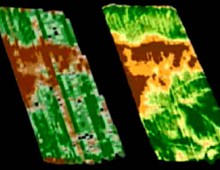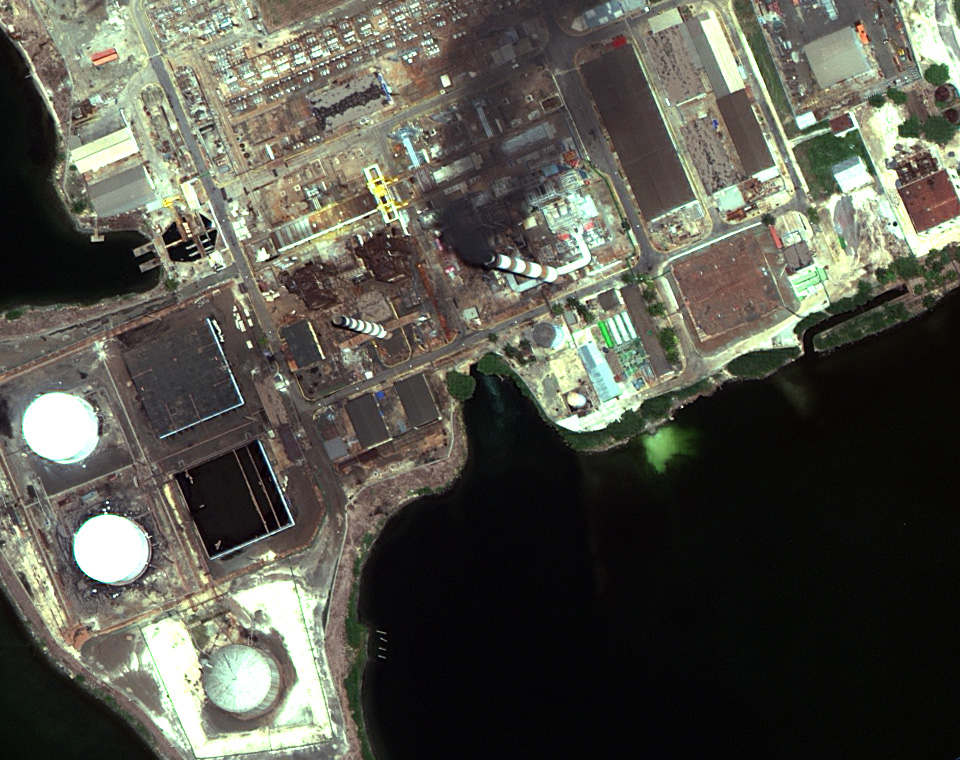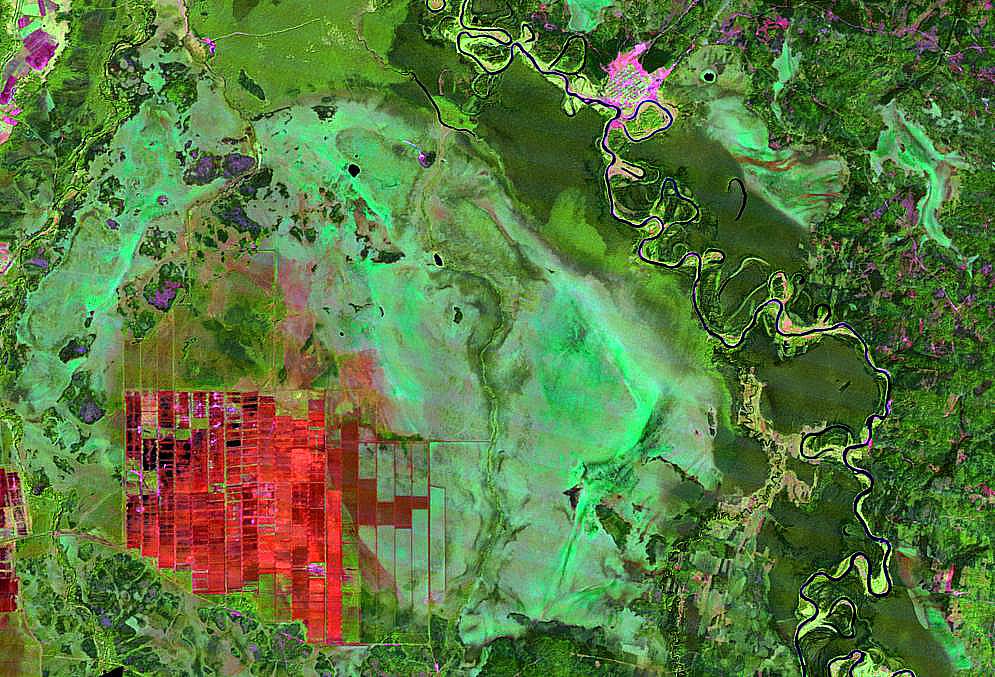Sat-Sun: Non-working days
Due to the lack of comprehensive information, investors cannot make decisions on the feasibility of developing existing alternative fuel reserves due to the inability to forecast the energy and economic returns from their exploitation.
Given the evident depletion of non-renewable fuel resources (oil, gas, coal, etc.) and the inability, for various reasons, to significantly increase the share of energy from hydrothermal sources, wind, solar, and tidal energy in Russia's overall energy balance, the active use of existing alternative fuel reserves becomes increasingly relevant.
This primarily concerns reserves such as peat in existing and abandoned peat mining sites, waste dumps from agricultural and industrial production and housing and utilities, extensive weed growth on abandoned agricultural land.
Systematic, efficient, and rational development of these bioresources is impossible without reliable and up-to-date information on their location and condition (resource base volumes, their qualitative composition, etc.). Such information is currently lacking.
Therefore, there is an obvious need for the rapid development of an "Information Map of Bioresources of the Country Used as Alternative Fuels."
Such a map would be enabled by integrating seemingly incompatible technologies - innovative developments in alternative distributed energy and remote Earth sensing from space.
Compared to traditional methods, space sensing has several significant advantages: identifying fuel deposit locations, preliminary assessment of reserve volumes, and determining their qualitative composition with sufficient reliability through desk processing of space sensing materials without the need for on-site visits. An information map could facilitate the creation of data processing analytical programs for various economic entities, including specialized ministries and agencies.

Measurement of crop yield of the same field obtained by traditional ground method (left) and space sensing (right). Results of space sensing are more accurate, and the method is significantly cheaper
One of the most widespread alternative fuels is peat. Nearly 3.0 billion cubic meters of peat are formed annually worldwide, which is approximately 120 times more than is used. Russia possesses between 40 to 60% of global reserves (about 162.7 billion tons of peat with 40% moisture), which could help address many issues in the future, including ensuring small-scale energy.
Global peat extraction volumes have decreased by approximately half in recent years, almost exclusively due to multiple reductions in Russia's extraction. In contrast, peat extraction in other countries has increased by 10% overall.
Another important aspect of using bioresources is the catalytic conversion of biomass to obtain technical carbon used as a sorbent in collecting oil products from water and soil surfaces, as well as in air filters for gas and ventilation emissions, in filters for cleaning industrial effluents from toxic substances. Technical carbon is used as a reductant in the chemical and metallurgical industries, for soil fertility restoration, purification, and enrichment, and in cleaning solutions in the food and pharmaceutical industries.
The prospect of this technology lies not only in reducing production costs but also in simultaneously generating waste heat, which can be used as an alternative fuel.

Cuba. Waste disposal into water
Carbon materials in Russia have traditionally been produced from high-quality large-lump wood, mainly for use as sorbents in the chemical, medical, food, metallurgical, and nuclear industries. Sorbents produced for these industries are standardized, have specific properties, and are expensive; some types have limited applications.
The use of wood raw materials for sorbent production is limited due to the complexity of traditional technology. The yield of finished products (activated carbons) does not exceed 15% of the mass of the original raw material.
The majority of carbon-containing sorbents and metal reductants are produced in domestic and foreign practice from coal dust, coking coals, coke, the cost of which is determined by delivery distances, mining volumes, and the economic feasibility of their use tied to coal deposits.
Actual production volumes of activated carbons have sharply decreased due to the high cost of production using traditional methods.

Peat bogs
A new technology for processing various carbon-containing waste, regardless of their type, form, and quality, using a thermochemical reaction of low-temperature cracking, will allow the production of technical carbons with universal qualities. This approach can maximize the yield of finished products while reducing energy costs by 2–3 times and metal content by 5–6 times compared to known technologies.
Russia's total annual demand for technical carbons is up to 700,000 tons, with export potential of up to 1,500,000 tons per year. Estimated revenue from technical carbon sales in the external market could reach $1.5–2.0 billion USD annually.
It should be noted that the production of technical carbons generates sufficient waste heat for space heating and electricity production. All of the above will allow for the economic use of dormant energy resources, replacing expensive traditional fuels such as oil products and natural gas. The introduction of such innovative developments requires the creation of energy field information maps of Russia to accurately calculate the fuel's resource component and its quality in business projects.
However, several problems related to current legislation hinder the widespread and active use of space sensing materials and methods to address this urgent issue:
- lack of legislation requiring and regulating the use of space sensing data in the activities of state authorities and local self-government bodies;
- lack of mechanisms for collecting, storing, and disseminating space sensing materials through federal and regional data funds;
- the necessary conditions for public-private partnerships in this area;
- excessive regulatory restrictions on Russian space sensing materials;
- lack of clearly formulated requirements for licensing activities related to space sensing.
Creating energy field information maps of Russia will give a powerful boost to the development of small and medium-sized innovative businesses in Russia, clean up polluted territories of the Russian Federation, create additional production of export-oriented products, and generate new jobs in virtually all regions of the country.
Viktor Nikolaevich Lavrov, Innoter Company
